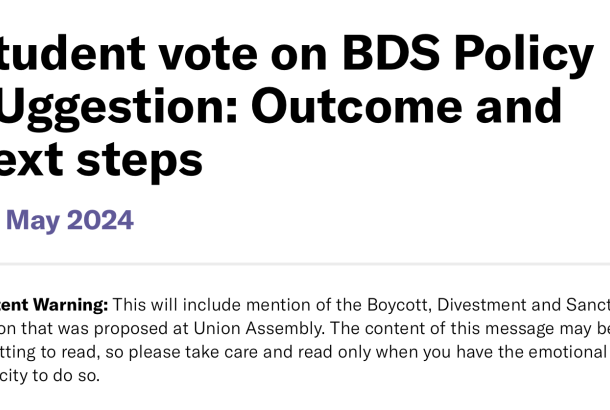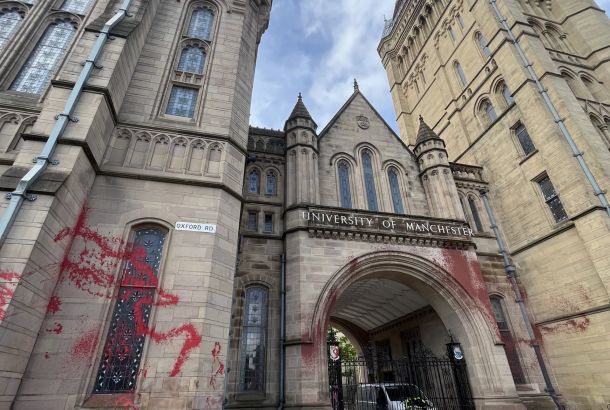End of sanctions will have little effect on Iranian Higher Education
On Saturday 30th of January, US Secretary of State John Kerry and Iranian Foreign Minister Mohammad Javad Zarif, formally announced “Implementation Day”; the lifting of economic sanctions on Iran after the UN confirmed that the country was keeping to the nuclear accord made in July 2015. This heralds a fundamental shift, not only in Iran’s economy, but its society as a whole. The lifting of the sanction will unfreeze billions of dollars of Iranian assets and allow businesses in the West to trade with Tehran.
Deals are already underway with companies such as Total, Boeing and Peugeot, to name a few. Most importantly, however, Iran will again be able to sell its oil on the international market, and plans to ship 600,000 barrels to Europe every day. The effects of implementation are already visible; money changers in Iran were on the streets flogging US dollars on Sunday, and McDonald’s is taking applications for opening an Iranian branch (no date has been set though, unfortunately).
Amongst all of these fundamental changes in Iranian society, however, there is one aspect that will remain mainly untouched. According to an article published on The Times Higher Education website, we should “not expect a sea change in regional higher education relations as a result of the ending of sanctions.” In terms of education there is little for other Gulf States to offer Iran, as the quality of education is fairly low and many Middle Eastern countries remain hostile to Iranians. Most students are more interested in studying in Europe, Australia, Canada or the US, but struggle to get visas or cover the cost, especially since the value of the Iranian rial remains so low. The conclusion: although Iranian money may be flowing into Western markets, the same influx of Iranian students into Western universities is set to take a lot longer.
In comparison to the rest of the Middle East, Iran’s education system is already in very good shape, boasting one of the most highly educated middle classes in the region. According to recent statistics, there are currently 4.5 million students in Iran, 60% of whom are women. In 2013, 58% of Iranian 18-24 year olds were in higher education, while recent figures show that only 30% of British students are accepted into university. Education is very competitive, with Iranian parents spending 2.1 billion per annum on their children.
For many Iranian students, the costs of international study might well outweigh the benefits, considering the quality of education at home. However, a study by the British Council suggests that postgraduate students may be the most likely to consider studying abroad, because the demand for postgraduate positions in Iran so massively outweighs the places available. According to the study, the US will be the top destination for Iranian postgraduates by 2024, with 11,900 arriving every year. What effect this exodus of Iran’s most highly educated citizens will have on the country will remain to be seen.







